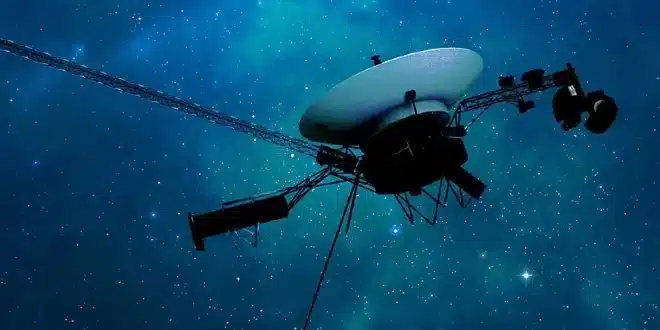NASA’s Voyager 1 spacecraft, which has been traveling through interstellar space since its launch in 1977, is once again successfully communicating with Earth after engineers solved a critical thruster issue. The spacecraft, designed to explore the outer planets, had encountered problems staying oriented towards Earth due to its aging thrusters.
To fix the issue, NASA scientists had to switch Voyager 1 to a different set of thrusters. However, given that the spacecraft is 47 years old, this presented a significant challenge as any sudden changes could potentially damage it.
“Decisions about Voyager moving forward require far more careful analysis than before,” said Suzanne Dodd, project manager at NASA’s Jet Propulsion Laboratory, in a statement on September 10.
For over 20 years, the spacecraft’s thruster fuel tubes have been prone to clogging. Voyager 1 has three thruster systems: two attitude branches for maintaining orientation and one trajectory correction branch for adjusting its flight path in space.
The first attitude branch started clogging in 2002, prompting a switch to the second branch. But in 2018, this second branch also began to show signs of clogging. NASA then shifted Voyager 1’s orientation maneuvers to the trajectory correction thruster system. Unfortunately, this system also began to clog more severely than the previous attitude branches.
In response, NASA engineers decided to return to the original attitude thruster system, but they faced a new challenge: the spacecraft now has significantly less power than it did in 2002. Running on only essential systems with some heaters turned off, Voyager 1’s propulsion system was much colder and could risk damage if reactivated.
To overcome this, JPL engineers came up with a creative solution. They activated one of the heaters for just an hour, warming up the system enough to successfully reorient Voyager 1 towards Earth on August 27 for the first time in six years.
This fix came shortly after another problem—data transmission issues that had plagued the spacecraft for months—was resolved in June.
Voyager 1 and its twin, Voyager 2, were launched more than 47 years ago to explore the distant solar system. By 1989, both spacecraft had completed flybys of the four largest outer planets. Now, they are traveling through interstellar space, beyond the influence of the sun’s gravity and particles. They officially left the solar system in the early 2010s.


